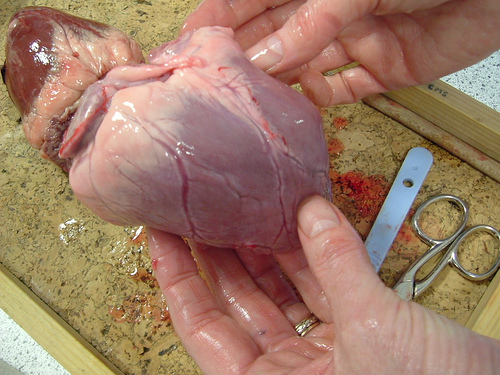We are all relatively familiar with the five classes of vertebrates (mammals, birds, reptiles, fish and amphibians), but less familiar with species that account for about 97% of all known animal species – the invertebrates – or animals without backbones. The arthropods (including all insects, spiders and crustaceans) probably outnumber all other animals on earth, yet most of them are very small and easily overlooked. Invertebrates are found in every conceivable type of habitat, but they are most plentiful in the oceans, which is where animal life first arose. This week we will look at how living organisms are classified, some of the characteristics used in taxonomy and how different groups are related according to their evolution.
We often hear how many species are becoming extinct each year – less often we hear about the new species that have been discovered. In 2007, over 18,000 new species were described. This year a naturally decaffeinated coffee plant, a tiny seahorse and bacteria that thrive in hair spray have been discovered. Article from Scientific American, “Top 10 new Species“, here.
I will be away at the school cross country on Tuesday, 26th May, so you are asked to complete Activity 8.1 in your practical manuals – “A key to sorting snakes”, about using a dichotomous key to extract information and identify various species. Please leave me a comment on this post to let me know how you went and waht you learnt.
A simple introduction to Classification from KidsBiology.com
Excellent site for Classification of Animals including characterisitics of each of the Phyla, images and links.
Go to ARKive for a growing collection of information, images and videos about all our magnificent organisms on earth. There is a collection of education resources, which includes downloads for different age groups. We will be looking at the ARKive Classification Resource in class on Wednesday, 27th May.
A more in-depth introductionabout the Linnaen Binomial System of Nomenclature and Principles of Taxonomy.
Identify eight marine creatures from Chesapeake Bay, near Baltimore, USA using a dichotomous key.
Table of the Five kingdoms.
Excellent Glossary of terms.
Flashcards for Introduction and taxonomy.
Excellent interactive “Essential Study Guide” from McGraw Hill










